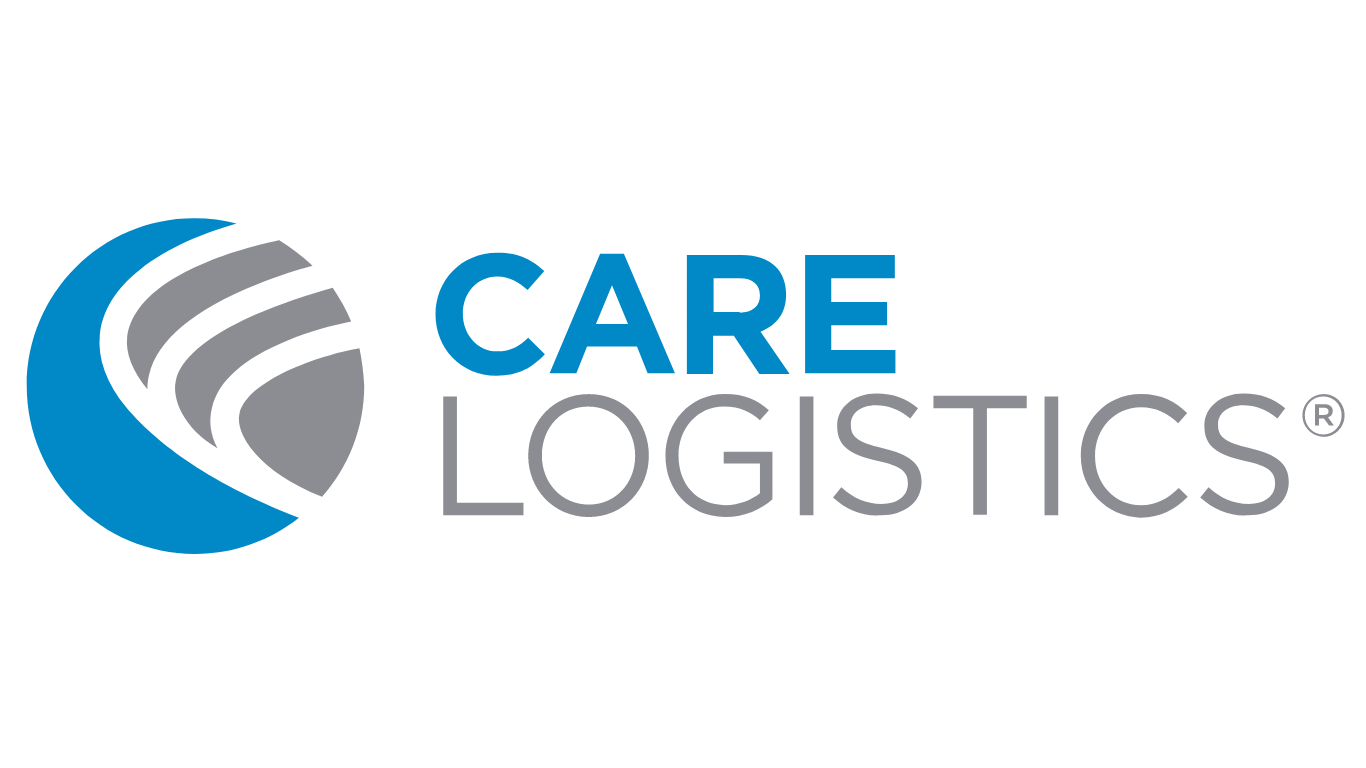Predict, Prevent, Perform: Combining Predictive and Real-Time Data to Manage Hospital Capacity
Hospitals today face mounting pressure to do more with less. From staffing shortages and growing patient volumes to increasing demands for quality outcomes, the challenge is not just to react quickly, but to anticipate, prevent, and perform. Efficiently managing hospital capacity has become one of the most critical success factors in ensuring timely care, optimizing resource use, and avoiding bottlenecks that put patients and staff at risk.
At the core of solving this challenge is the strategic use of predictive analytics and real-time data visibility. When used effectively, these tools allow hospitals to forecast demand, coordinate patient flow, and act with confidence across the care continuum.
The Problem with a Reactive Approach
Many hospitals still operate in a reactive mode, responding to surges in admissions, hunting for available beds, or scrambling to discharge patients before the next wave arrives. This reactionary approach creates downstream inefficiencies: extended wait times in the ED, delayed care in inpatient units, and poor coordination among clinical and support teams.
What’s missing is a way to see what’s coming and take action before it becomes a crisis.
Predictive Analytics: Seeing Around the Corner
Predictive analytics uses historical trends, real-time inputs, and some are now using machine learning models to forecast what’s likely to happen next. In the hospital setting, this can mean:
Forecasting admission volumes by time of day, day of the week, or season
Predicting discharge readiness based on patient condition and patient progression
Anticipating bottlenecks in units or departments prone to congestion
With this foresight, hospitals can adjust staffing levels, streamline discharges, and allocate resources in advance, preventing avoidable delays and improving the overall patient experience.
Real-Time Data: Making the Invisible Visible
Predictive insights are only as useful as the ability to act on them. That’s where real-time data visibility comes in. With live dashboards, hospitals can track patient movement, bed availability, and care team task completion as it happens.
For example:
A bed manager can see which discharges are likely to occur within the next two hours and begin assigning those beds to waiting admissions.
ED teams can view hospital-wide capacity in real time to determine whether to hold, transfer, or admit.
Transport, EVS, and care coordination can sync their workflows based on shared, up-to-the-minute information.
This level of visibility reduces uncertainty, increases accountability, and empowers teams to operate with agility.
From Prediction to Performance
The true value lies in combining prediction with action. Hospitals that use both predictive analytics and real-time data can move from simply reacting to proactively managing capacity and patient flow. This leads to:
● Shorter length of stay
● Faster patient throughput
● Better resource alignment
● Improved staff satisfaction
● Higher quality outcomes
How CareEdge™ Supports Smarter Capacity Management
At Care Logistics, we help hospitals make this shift with CareEdge™ by Care Logistics, our digital platform designed to bring together operational insight, actionable recommendations, predictive capabilities, and real-time data in one place. CareEdge™ enables teams to track, forecast, and coordinate admissions, discharges, and transfers with precision. It surfaces the information that matters most—when it matters most—so hospital leaders can make informed decisions and frontline teams can execute with clarity.
Success doesn’t just depend on responding faster, but more so on responding better. It depends on knowing what’s coming, preparing in advance, and aligning teams around the same operational picture.
Predict. Prevent. Perform.
That’s the power of efficient, data-driven hospital operations.


